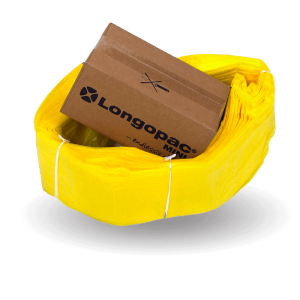Incineration is waste processing that requires the oxidization of organic materials found in waste materials. Incineration of waste substances transforms the waste into ash, exhaust gas, and heat.
The ash is mainly determined by the inorganic elements of the waste and might take the kind of solid particulates or lumps taken from the flue gasoline. You can purchase waste treatment bags whenever required.

The flue fumes must be purified of gaseous pollutants before they are separated into the air. Sometimes, the heat produced by incineration can be used to create electric power.
Of them, Rotary Kiln is among the most widespread in the industry due to its applicability to large-scale usage and its flexibility.
Sludge incineration is a procedure for producing thermal energy from sewage treatment plants. The practice is in operation in Germany in which it treats 1.3m tonnes of sludge annually.
The procedure has also been trialed, where it's been qualified as an environmental investment project. However, the energy balance of the process isn't high, as sludge requires drying before incinerating.
There are concerns about sludge incineration due to air pollutants in the emissions together with the high cost of supplemental gas, which makes this a less attractive and less commonly assembled way of sludge treatment and disposal.